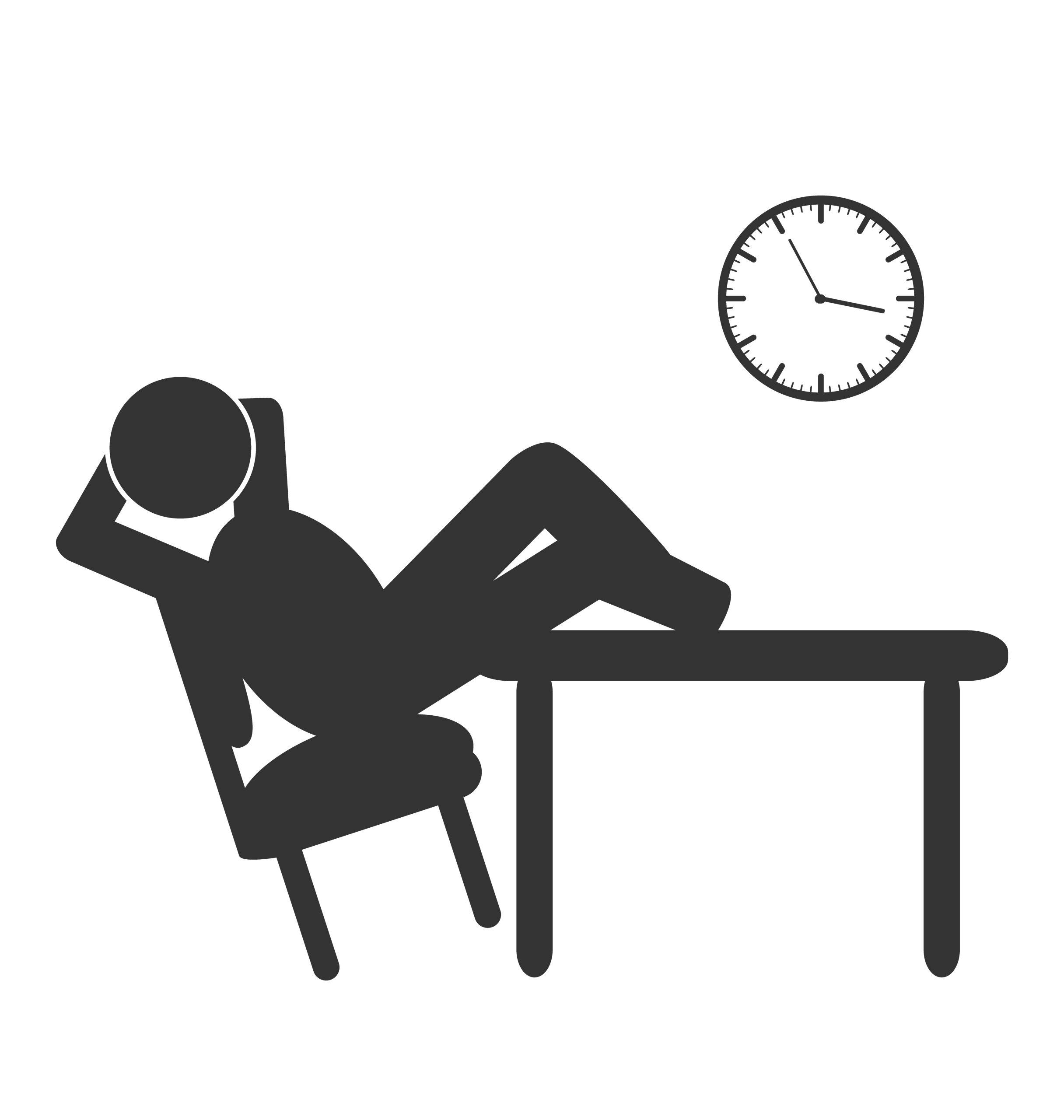By Eric B. Meyer
How was your Thanksgiving? Survive Black Friday?
Me? I almost left my kids on the North Pole as I counted the minutes until Monday. But, overall, I enjoyed a few days off.
Now, it’s back to work. So, let’s talk about the Fair Labor Standards Act.
As wage and hour claims generally continue to spike, I’m going to get into the weeds a bit and talk about meal breaks. Specifically, when do non-exempt employees get paid for meal breaks?
The meal break basics
First, the FLSA does not require meal breaks. However, employers that provide short breaks, generally less than 20 minutes, are responsible for paying their non-exempt employees for that time. Longer meal breaks can be unpaid.
But, what if you provide non-exempt employees with a one hour meal period, of which 45 minutes are paid and 15 minutes are unpaid? Would that violate the FLSA?
Well, it depends.
Who receives the “predominant benefit?”
Last week, the Philadelphia-based Third U.S. Circuit Court of Appeals in Babcock v. Butler County concluded that the answer depends on which party — employee or employer — received the “predominant benefit” of the mealtime.
What the heck does that mean?
For starters, there is no one-size-fits-all answer. Rather, each situation stands on its own. That said, the Third Circuit did address a few particular considerations which cut in favor of the employee receiving the “predominant benefit,” such as:
- Whether the employee is free to leave the premises;
- The number of interruptions to which the employees are subject;
- Whether a collective bargaining agreement considers a portion of the meal period unpaid; and,
- Whether employees’ time or attention is devoted primarily to official responsibilities.
The more of these factors that exist, the more likely it is that the employee receives the predominant benefit, and, therefore, the employee does not get paid for this portion of the meal break.
Practical considerations for employers
There’s the easy way and the hard way. The hard way is to whack up a meal break into compensable and non-compensable time, and then hope that you’re on the right side of the “predominant benefit” test. (And that assumes that your jurisdiction applies this test).
Or, you can provide a paid meal break.
Or, you can provide an unpaid meal break (more than 20 minutes), where you tell employees pencils down, clock out, and enjoy the time off.
However, if you provide an unpaid meal break, and your employees work through lunch, you must pay them.
This was originally published on Eric B. Meyer’s blog, The Employer Handbook.
